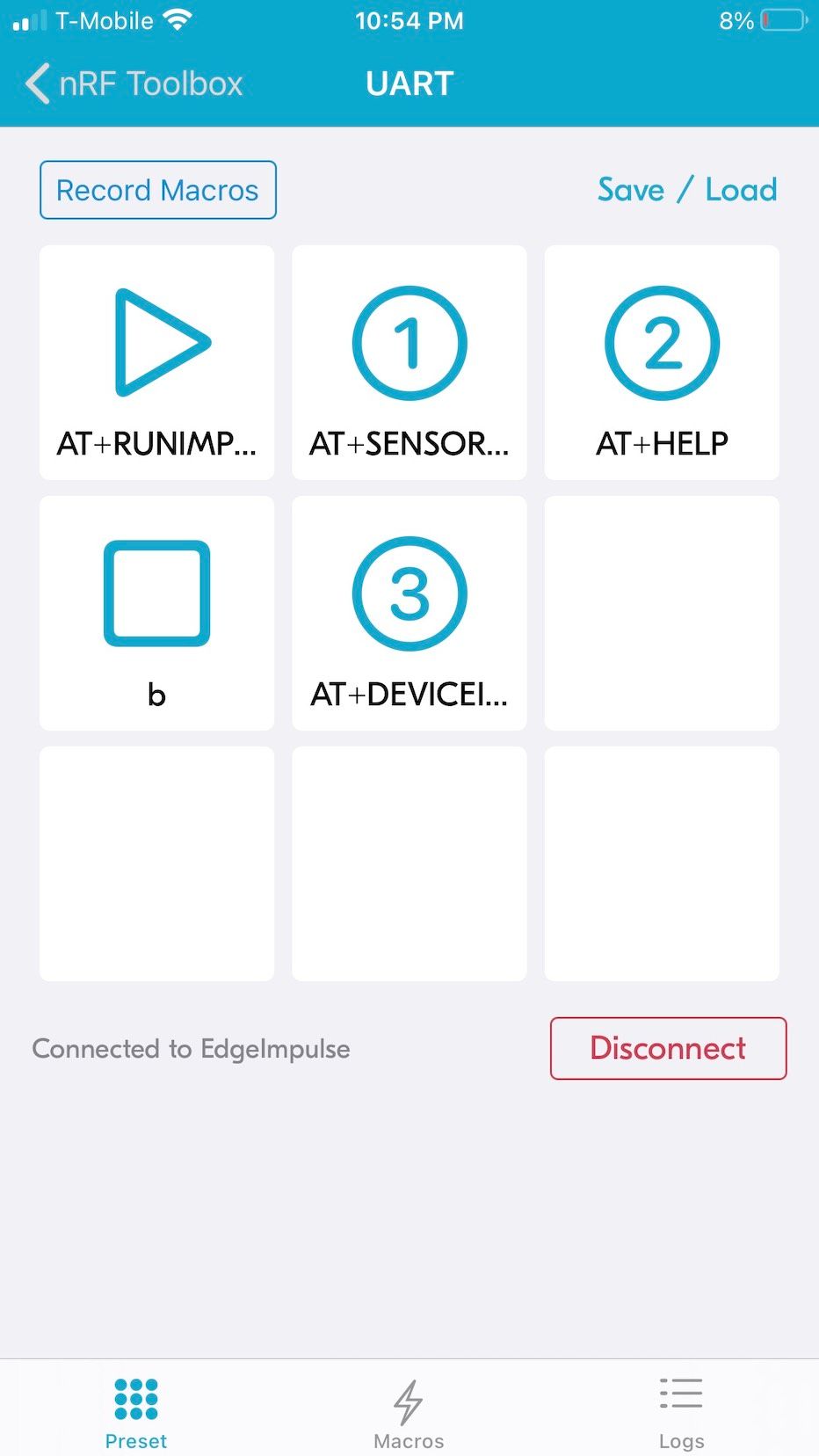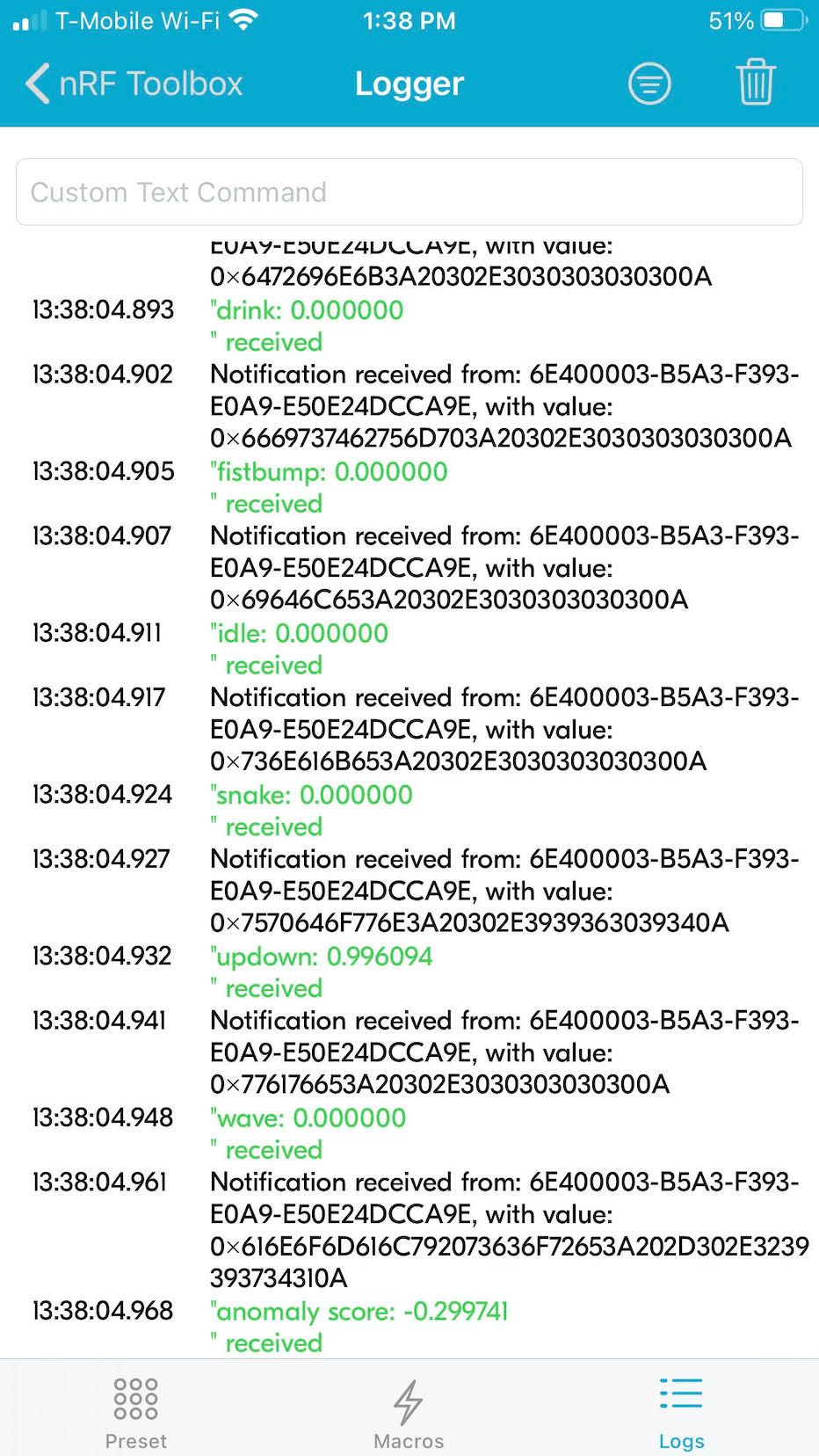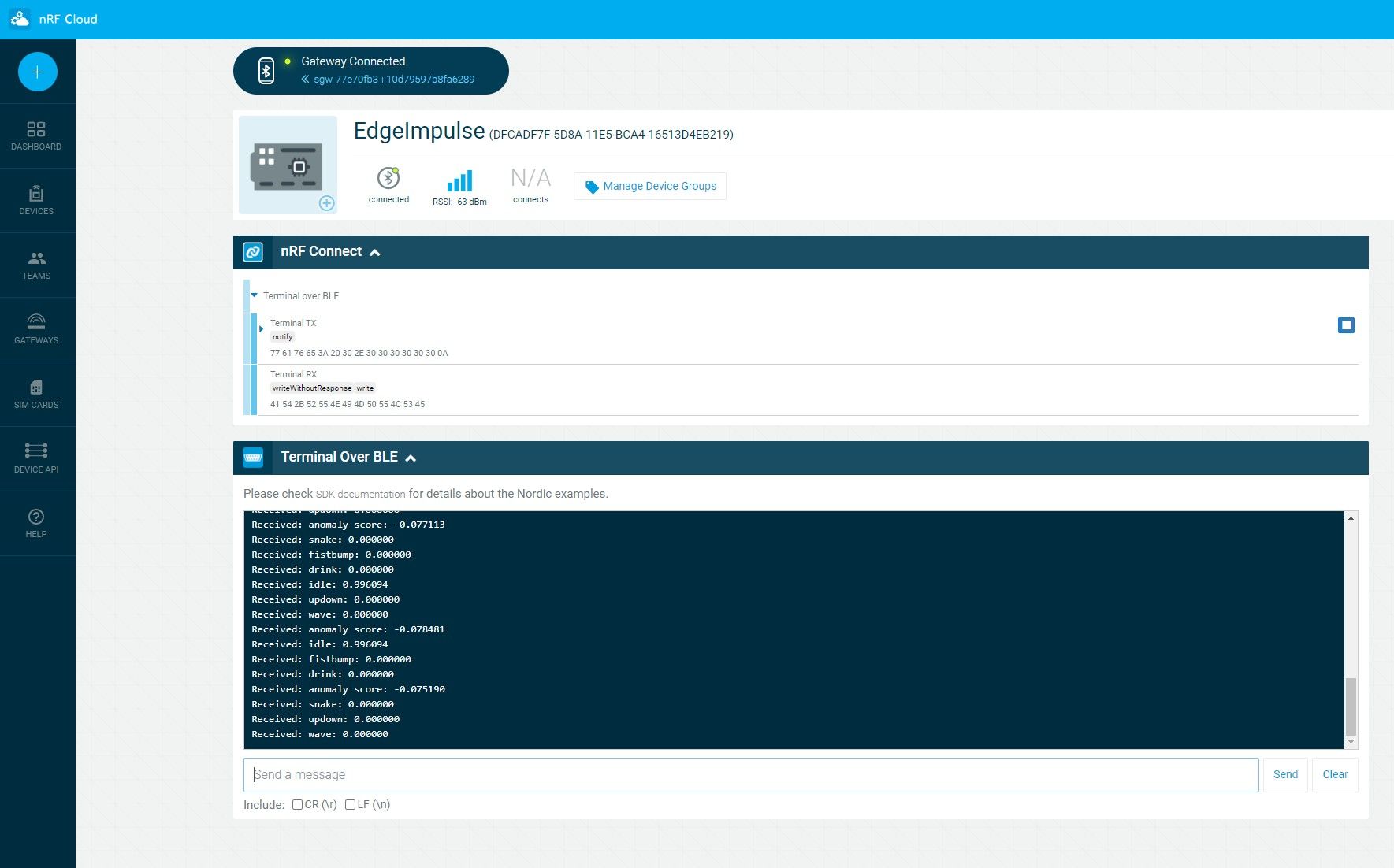IoT technologies or "Internet of Things" collect and analyze information about the object, its movement, condition, and many other features. In the European Union alone there are currently more than 13.3 millions of active trackers that use this system, which is a significant growth compared to 0.7 of a million in 2016.
An object of observation will be tagged for tracking with a relatively small device that collects the necessary information and sends it to you via Wi-Fi. But how one should know which type of IoT solutions to choose?
IoT Tracking Technologies
- RFID tags
RFID tags use radio frequency to identify the right element or track a certain "tag". In comes in two types:
- Passive RFID tag depends on the RFID reader to send a wave that they can use to reply. For example, to see who passes through the reader bars in the store with an unpaid product.
- Active RFID tags have an identifier along with a battery inside, which allows it to communicate with a reader on a larger distance.
- BLE beacons
BLE beacons rely on Bluetooth Low Energy so they can communicate, often used inside mobile phones. They can send multiple types of signals and detect many devices around them.
Beacons come in different forms and devices:
- Parent beacons process and collect received data, communicate with child-beacons.
- USB beacons
- Router-sized beacons
- Small portable beacons
- NFC chips
Near Field Communication is one of IoT technologies that rely on the electromagnetic field when are very close to each other (5-20 centimeters). NFC devices interact similar to RFID, can also be active and passive:
- Active NFC sends and receives data (for example, it's being used on smartphones)
- Passive NFC only sends information
- Zigbee hardware
Zigbee was invented for more complicated communication. They create a small network in a limited area, powered by a small radio.
Zigbee chips are widely used in radios and USB interfaces among other IoT solutions. It's also famous for its low cost and power expenses.
- LTE advanced
Long-Term Evolution is a wireless communication technology that was developed for faster internet, bigger storage and data processing. It's mostly used by mobile phones but sadly has different regions depending on the country where the phone was produced, with no support for a different frequency.
- LiFi
Visible Light Communication based Light Fidelity uses diodes to communicate at the speed of light without a chance for a human to notice the signal. The signal is then received by a photodetector.
LiFi is known to be the biggest rival of WiFi, though it's limited to the reach of the light that can be stopped by an obstacle.
- GPS
Everyone who owns a phone is familiar with Global Positioning System, which provides geolocation at a certain time to all GPS receiving devices. While still haven't beat by its accuracy in tracking, GPS is known to be quite power-consuming because it determines an object's location in non-stop mode.
- LPWAN
Low Power Wide Area Networks is created for long-distance communication and uses a low bit rate. It also allows to create a private wireless network.
Here some of the LPWAN based technologies:
- NB-IoT uses a wide range in cellular services and devices
- LoRaWAN uses a chirp spectrum radio module along with LPWAN technology
- DASH7 is a firmware standard with low-latency, used over LPWAN
How IoT tracking helps in your business
Which of the IoT technologies is the best suited for your business?
Commercial Organization
- A commercial organization may track their assets using RFID tags, such as Amazon keeps track of products in their vendor places
- BLE beacons can help understand the customers, how much time they spend in the store, which aisles they visit and how they move across them
- NFC technologies allow your customers to pay faster with their wireless credit cards
- Zigbee is a necessity for those who develop smart home devices
- LiFi help you set up shop displays and show advertisements to the customers
Industrial Business
- BLE beacons help organize the inner industrial process, track equipment, monitor assets, prevent human errors and incidents
- NFC takes care of security and access control
- Zigbee helps with remote monitoring in a company with a large facility. However the cost rise drastically when operating between the facilities, so it's not used
- LTE Advanced can instantly notify of a security breach and needed maintenance, write reports, draw a map of assets real-time movement
- LPWAN optimizes costs and energy losses and power outrage. It monitors liquid levels, energy installations, optimizes solar plants performance
Healthcare Facility
- RFID helps manage medical equipment and monitor the room's condition. It also helps with identification badges
- BLE beacons help with indoor navigation
- NFC tracks the patient's location, their time of treatment and health at home
- Zigbee can monitor patients in real-time at low-cost
- GPS tracks down the location of an emergency case
- Li-Fi can lag when the light is interrupted. Otherwise, it's a perfect tool since it doesn't mess with another equipment
- LTE has a personal network for enterprises. It's a large and secure network at a hospital
Logistics
- RFID identifies a vehicle, person, baggage and therefore is helpful at railroad, airports, and roads
- NFC helps scan tickets and trains passes fast
- GPS helps to locate fleet vehicles and contact them
- Modified with LED bulbs, LiFi cars help to prevent a collision in advance
- Paired with other technologies, LTE Advanced can monitor the flight in real-time and communicate in long-distance
- LPWAN can trace objects in real-time, optimize routes, detect and resolve faults, road threats, and maintenance
Agriculture and Food
- RFID is helpful with tagging and locating cattle and food
- GPS allows to plow and place crops precisely, map and monitor the field and save costs from farming
- LPWAN is useful for measuring the soil moisture, water levels, cattle hygiene, and gate security
A wide range of IoT object tracking technologies is created to serve different purposes. Decide among the best of IoT solutions for yourself or read more in our blog to help determine which option is the best for you.


 Figure 3. Classification Output Shown in nRF Cloud
Figure 3. Classification Output Shown in nRF Cloud